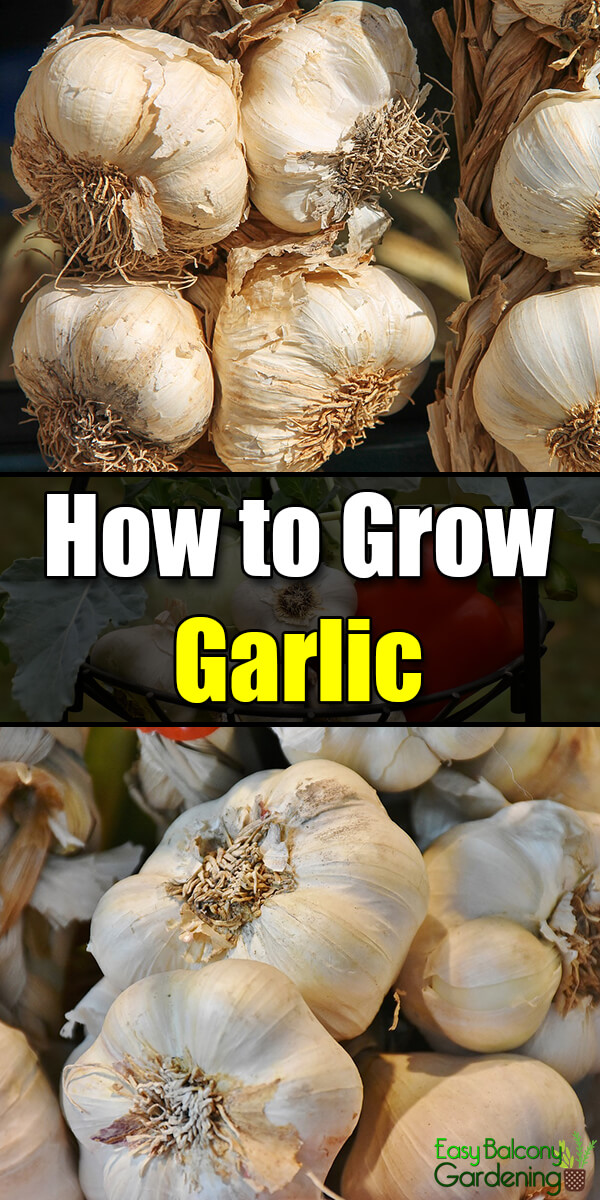When planting garlic, know your climate unless you are willing to wait several years until your chosen variety adapts to your location. Each clove you plant functions as a seed, and will produce one plant with one bulb. This bulb may produce up to twenty cloves. Garlic is of the allium family. From this family also come your leeks, onions, and shallots.
Garlic Varieties
There are two garlic types: the softneck and the hardnecks. The softnecks (Silverskin, Artichoke) are more adjustable to different climates and store better. The hardnecks (Porcelain, Purple Stripe, Rocamboles) though offering larger but fewer bulbs, have shorter shelf lives as they have few or no outer wrappers. These varieties are broken down into hundreds of different sub-varieties. The ones you usually see in supermarkets are the softnecks. Cultivation methods for all these garlic varieties will somewhat vary as they will depend on where you live.
Propagation
The usual method is propagation from cloves or bulblets comprising the bulb. Each bulb contains about twelve or more cloves, which become your “seeds.” Propagation by garlic’s real seed is not popular, as it is very seldom that a seed can produce a plant. Such plant may also take several years to produce a garlic, if at all.
Planting Garlic in Containers
If you are growing your garlic in containers, mid-October’s temperature can help the plant to a good start, and the cold weather can also help in producing larger bulbs and more cloves.
- If you plan on buying supermarket bulbs, check if they have been treated to prevent sprouting as they probably will not survive cultivation. Supermarkets usually pre-treat their garlic bulbs.
- Choose nicely shaped bulbs that have plump cloves. It is usually the size of the cloves that determines the size of the bulbs you grow.
- Separate the cloves, and set aside for planting only those sections that are healthiest and largest.
- Garlic roots go deeper than other plants of the same family. Choose a deep container, with a perimeter of at least six inches. Fill the pot with seed and potting compost.
- Plant the clove in an upright position, not more than one-and-one-half inch below the soil surface. You should plant the cloves separately.
- Water the pots very well, making sure that there is proper drainage. Situate in a sunny location.
- If you choose to plant in mid-October, protect the plants from cold temperature. Use an all-purpose fertilizer and feed the garlic plants every two weeks starting early June.
- Depending on your garlic variety and the weather conditions, you can harvest between August and September. To check for harvest-readiness, pull up a single bulb gently. If you can peel off not more than three layers, you can lift the bulb. Otherwise, wait another two weeks, or until most of the leaves have turned brown, before trying again.








